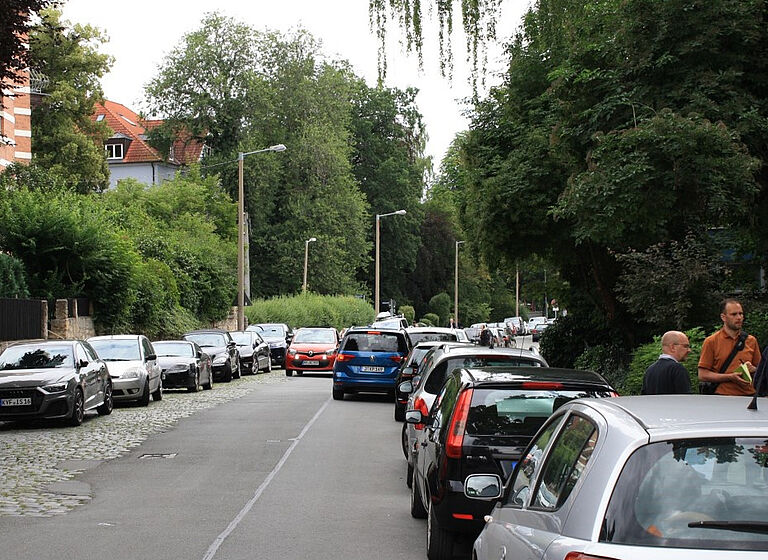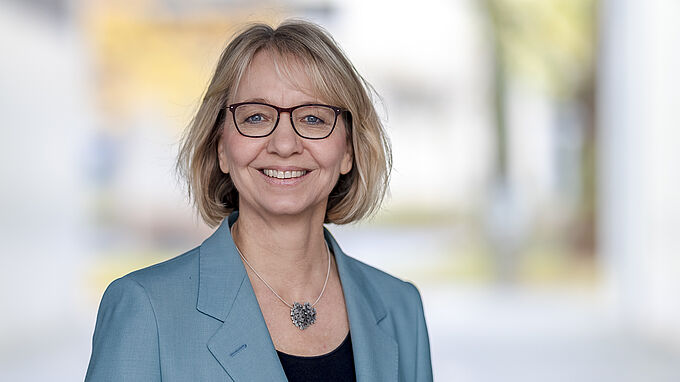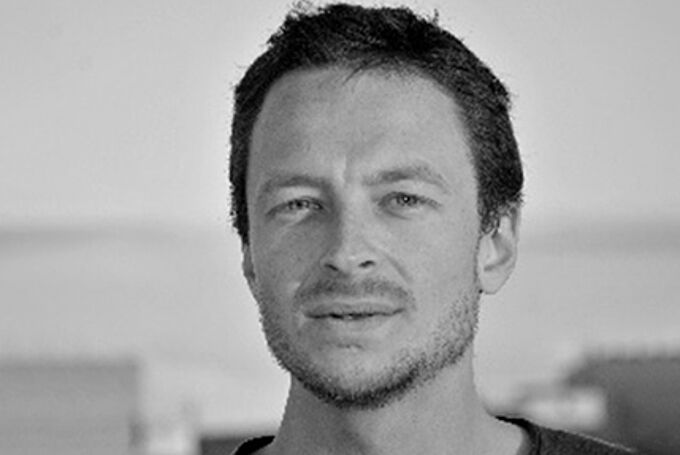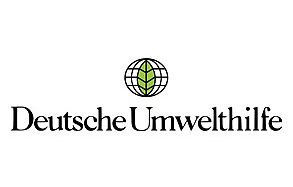
TMUEN-Study
Making neighbourhoods liveable together - More space for green and climate-friendly mobility
Land justice in neighbourhoods taking into account biodiversity, climate-friendly mobility and quality of life
Urban neighbourhoods are still dominated by car-centred land use. Safe and wide footpaths and cycle paths are usually insufficient - with corresponding ecological, health and social consequences for the cities and their inhabitants. The importance of equitable space distribution between transport users and innovative planning approaches to achieve a corresponding transformation became clear not least in the Covid-19 pandemic phase.
Integrated, participation-oriented planning processes characterised by mutual learning processes in combination with the testing of temporary, spatial changes can offer opportunities to implement accepted measures adapted to the needs of the residents towards a green mobility turnaround and healthy and prosperous cities. The research project "Making neighbourhoods liveable together" addresses these issues and aims to find out how more natural, environmentally friendly mobility, encounters and exchange can be possible in dense residential areas and thus contribute to more justice of space.
Together with Deutsche Umwelthilfe e.V., these questions are being investigated with the cooperation partners of the state capital Erfurt and the city of Jena based on cooperation with local actors in model neighbourhoods.
TMUEN-Studie
Grant provider: Third-party funded research project of the Thüringer Ministerium für Umwelt, Energie und Naturschutz (TMUEN)
Duration: 04.2021 - 09.2022
About the project
In the selected model neighbourhoods of the cities of Erfurt, Mühlenviertel, and Jena, the western city centre, the current distribution of open space, especially traffic space, as well as the perception of the distribution of space will be analysed in cooperation with local stakeholders and possible intervention spaces identified. In cooperation with the stakeholders, approaches for recommendations for action to promote a more equitable distribution of space will be developed and discussed. As a result of the project, recommendations on potential areas of action, implementation strategies, participation formats and financing possibilities will be formulated, which will enable the two cities to initiate implementation-oriented and action-related processes in the neighbourhoods in the future. In a further project phase, temporary trials are planned, e.g. through temporary redesigns with, among other things, seating in car parks, greening measures or pop-up cycle paths, to initiate a longer-term implementation of the results obtained and the creation of open spaces for more climate-friendly mobility, urban greenery, health and quality of stay in the two model neighbourhoods and to accompany this scientifically.
Study procedure
In the first phase, the ISP - Institute for Urban Research, Planning and Communication of the University of Applied Sciences Erfurt, together with the Deutsche Umwelthilfe e.V. and in close cooperation with the two cities of Erfurt and Jena, will determine which data, foundations and structures are available to achieve a participation-oriented, green mobility transition in selected model neighbourhoods, and will supplement these with its surveys. For this purpose, the framework conditions in the model neighbourhoods are determined and evaluated for potential transformations. Aspects such as local institutions and actors to be involved, the social structure and land distribution in the area, measures already implemented and existing municipal planning and concepts will be considered. The project is oriented towards the possibilities for action and resources of the model municipalities. It actively involves relevant actors, such as interest groups, residents of the neighbourhood and traders, within the framework of an integrated approach.
Aim and result of the study
In the sense of a feasibility study, it will be determined in close cooperation with the two cities of Erfurt and Jena which data, foundations and structures are available and what still needs to be done to achieve a participation-oriented, green mobility transformation in the selected model neighbourhoods.
The first question to be answered is which neighbourhoods with which objectives and methods are suitable for a participatory process and should be worked on in the sense of the transformation outlined above. The initial situation in the selected neighbourhoods, their potentials for more area justice, for realisable measures as well as potentials for participation and financing of measures are to be determined.
The project is to be closely coordinated with the possibilities for action and resources of the model municipalities and involves relevant actors/offices within the framework of an integrated approach.
The result of the study should be recommendations for action that enable the two cities to initiate implementation-oriented and measure-related processes in the neighbourhoods subsequently. In concrete terms, methods for the creation of open spaces for more climate-friendly mobility, urban greenery/biodiversity, health and quality of stay in the two model neighbourhoods are to be initiated and accompanied based on the results obtained in the follow-up to the study. In addition to the residents of the neighbourhoods, other stakeholders such as tradespeople or retailers are to be included, also as mobility-inducing employers in the neighbourhood (keyword: commuter traffic from the surrounding area).
In the next project phase, the project aims to develop concrete measures to promote a fairer distribution of space in the model neighbourhoods as far as possible and to implement them on a trial basis.
Initial exemplary measures and redesigns can make possibilities for new space distributions in the neighbourhood visible within the framework of tactical interventions (temporary measures of spatial changes). Measures could be the alternative use of parking spaces, for example through temporary seating, the use of planter boxes to calm traffic or to enhance the quality of stay.
The transfer to other city quarters in Erfurt and Jena as well as the communication of the results and experiences in the sense of "best practice" to other cities and municipalities in Thuringia should follow in the main project.
Practice partners model cities Erfurt and Jena
The state capital Erfurt and the city of Jena, the two largest cities in Thuringia, are two major centres in the state and, not least as important university and business locations, are characterised by constant immigration. Innovative impulses for the entire federal state emanate from both cities. New climate protection and climate adaptation measures are developed and implemented here together with various actors from science, politics and active civil society.
Due to their different urban structures, the two cities are excellently suited as case studies in this practice-oriented model project. Erfurt is characterised by narrow streets and a simultaneously high proportion of parking spaces for private vehicles, especially in its medieval centre and the urban expansion areas of the Gründerzeit. High commuter flows, dense traffic in the inner-city area and a shortage of space are problem areas in the city of Jena on the way to more sustainable mobility. Negotiating a fairer distribution of space in the different neighbourhoods and implementing alternative mobility offers are both challenges and opportunities in both cities.
Areas of action
The study addresses various fields of activity:
- Preparation of an analysis of the current situation and development of new findings on individual perceptions of land distribution
- Identification of needs of different population groups and possible areas of intervention to improve land distribution
- Development and transfer of recommendations for action for municipalities to be able to undertake future (temporary) interventions.
Scientific contributions of the ISP
Perspectives of local actors on the neighbourhood about the distribution of space in public areas.
With the help of qualitative and quantitative methods, the current state of the neighbourhoods is surveyed and the perception of the residents of the model neighbourhoods is recorded and evaluated.
Recommendations for the action of temporary interventions
Within the framework of the study, possible intervention areas and potential (temporary) areas of action will be identified. Possible approaches will be prepared as recommendations for action and communicated to the cooperation cities of Erfurt and Jena. The recommendations for action will also be discussed and further specified in a committee of experts. In addition, innovative control mechanisms are to be developed for the cities to better support land use justice in the neighbourhoods.





